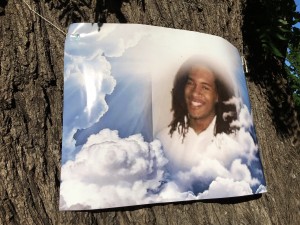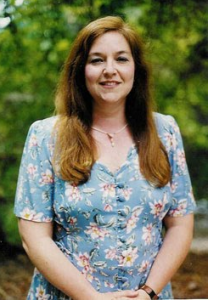
Hundreds of area residents turned out Sunday evening to celebrate the life of Desmond Phillips, a mentally ill black man gunned down March 17 by Chico police.
Money from the barbecue/entertainment fundraiser at 20th Street Park will be used by the Phillips family to seek justice for Phillips, organizers said.
Next up for the group will be a June 9 rally beginning at 3 p.m. at the state Capitol in Sacramento, where demonstrators will march to the California Attorney General’s Office seeking a state probe of the killing.
“It went just wonderful,” said David Phillips, Desmond’s father, of Sunday’s fundraiser. “So many people there, and so much love. People from different walks of life enjoying each other. And that’s Desmond right there.”





